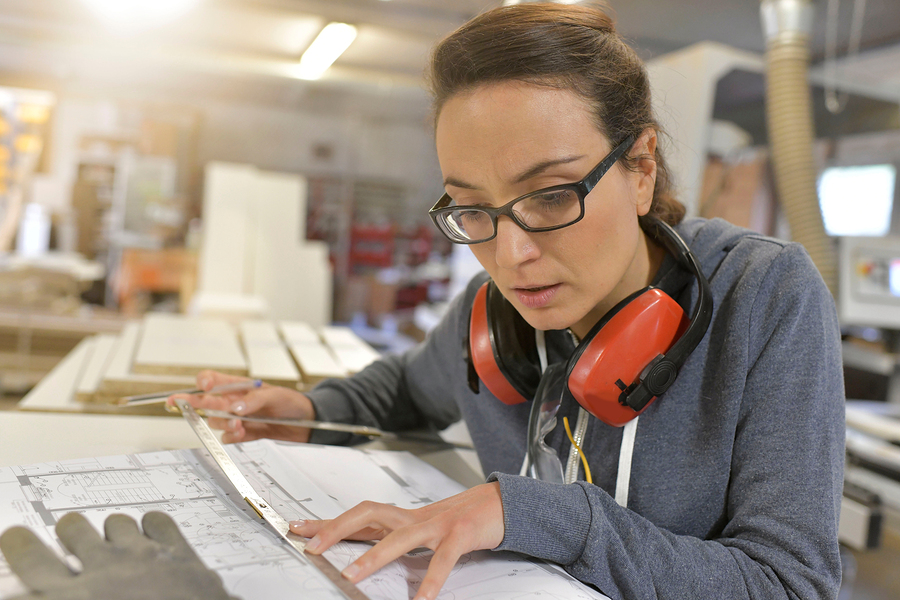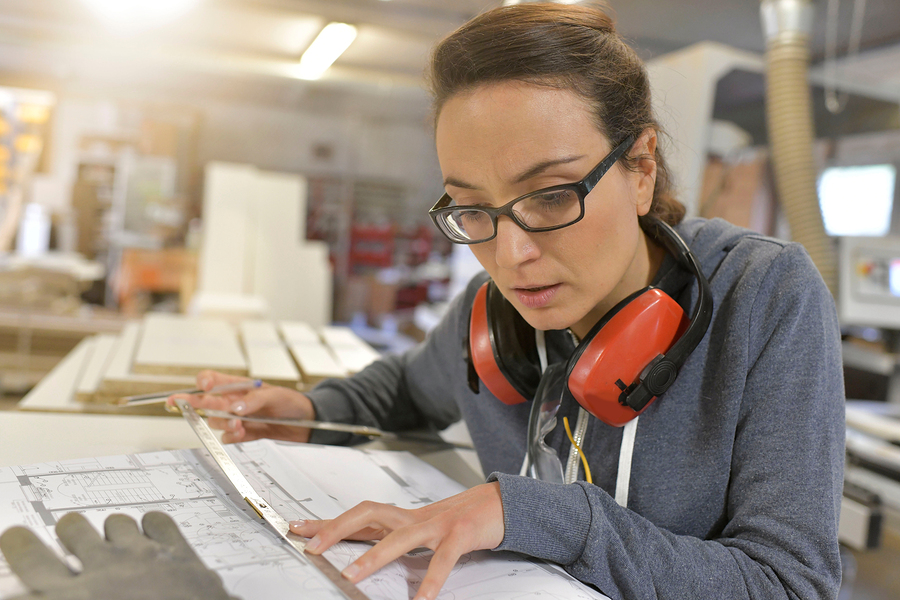Pearson’s report states interpersonal and complex thinking skills (critical thinking, logic and creativity) need to be measured and continuously learned depending on the demands of the jobs.
Photo: bigstock.com
The world leader in educational content, Pearson, published a new report that states students must graduate with the skills required for the jobs of the future. Also, it details the configuration of a new educational ecosystem. However, how to achieve this transformation?
The publication “Demand Driven Education” warns that the change is about to happen; it portrays a present where competency-based education begins to flourish; in which alternative credentials, badges, certifications and skill training for specific jobs are gaining ground.
Develop and measure 21st-century skills
Different studies have emphasized the need to acquire so-called soft skills. In this regard, the Pearson researchers add that these interpersonal and complex thinking skills (critical thinking, logic and creativity) need to be measured and continuously learned depending on the demands of the jobs.
This will require the improvement and development of teaching models, as well as the creation of evaluation systems that are capable of measuring these skills. Data analysis, observation, peer-to-peer evaluation, or Artificial Intelligence, to name a few, will be helpful tools.
Dynamic teaching is critical
For Joe Deegan and Nathan Martin —authors of this report— the dynamic teaching role is fundamental. Teaching and learning must change from the mere transfer of knowledge to that of a collaborative environment; the educational process must happen in a laboratory rather than an auditorium.
Active learning will be essential to develop skills and knowledge. The core curriculum should encourage and reward creativity and collaboration. Education should happen in environments where the instruction directed by the teacher is replaced by the exploration led by the student.
Educational models should favor dynamic education, such as project-based learning, project-based learning, blended learning or work-based learning. The latter requires students to work with an employer on meaningful work tasks that help them develop the necessary skills in a professional field.
This environment implies the incorporation of teacher training in education systems; it is necessary to invest enough in the preparation of teachers to equip them with cognitive, intrapersonal, interpersonal and instructional skills. Also, guide them to interact with employers to better shape the student’s formation.
How to start the transformation?
The study suggests that we begin to acquire the most demanded skills in the economic region in which we live, and that project future value. Begin to use the principles of dynamic pedagogy within the work environment. Stop thinking about getting titles and focus on demonstrating and acquiring skills. In addition to finding a way to finance a life with permanent education.
Likewise, it recommends that educational systems generate more research on effective practices in the instruction of skills, commit to dynamic teaching and linked to the demands of the labor market, and generate strategies so that students begin to make income more quickly.
Finally, Pearson proposes that the industry work hand in hand with educational institutions, specifically with teachers, to generate strategies that prepare students for work challenges. Mapping the skills of current workers so that prospects know the needs of the positions. In addition to offering constant training to their workforce.
This article from Observatory of the Institute for the Future of Education may be shared under the terms of the license CC BY-NC-SA 4.0 
)
)












)
Sofía García-Bullé
Sofía García-Bullé
Sofía García-Bullé